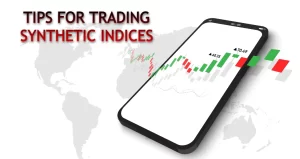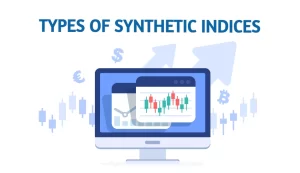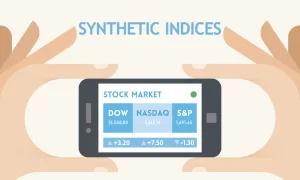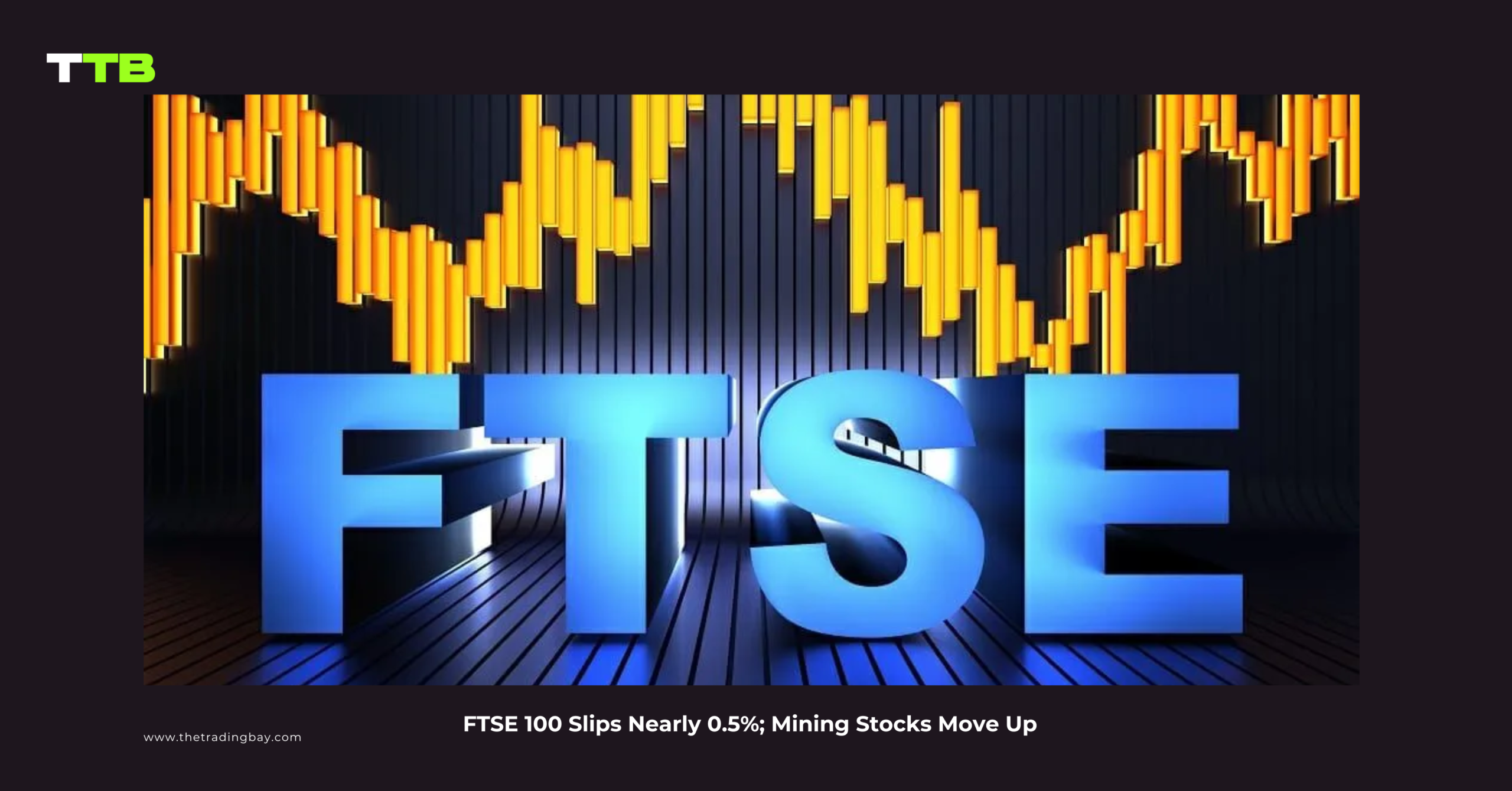
Considering the mounting competition within the investment sphere, it is crucial for the participants to consider some innovative investing ways to stay ahead of others. “Arbitrage” is one such non-traditional strategy that deviates from the standard “buy and hold” investment methods.
In this article, we have explored the facets of this non-conventional trading style and discussed what is arbitrage, its types, and how it works with some examples.
What is arbitrage?
Arbitrage is an investment strategy involving the simultaneous buying and selling of a financial instrument in different markets in order to benefit from price imbalances.
An arbitrageur exploits the short-term price inefficiencies of the same asset across different markets. He makes a profit by buying a currency, commodity, or security at a cheaper price on one platform and instantly selling it at a higher price on some other market.
How does arbitrage work?
Arbitrage opportunities only arise if there are exchange rate differences between global markets. Such temporary price discrepancies usually exist as financial markets are inherently inefficient and when an asset is traded on multiple platforms, it is possible for its listed prices to fall out of sync briefly.
However, with technological advancements, it has become increasingly difficult to detect such price variations across different markets. Even if the imbalances do occur, they appear for milliseconds and are so insignificant that making a profit would require a very large volume of money.
Therefore, arbitrage is usually considered an advanced trading technique that can only be handled by professional hedge funds and sophisticated or resourceful investors. These arbitrageurs mostly utilize high-frequency trade systems and ultra-fast computers with automatic algorithms to swiftly examine markets and execute high-volume trade orders quickly.
A simple arbitrage example
Here is an example of the most basic arbitrage to better understand this process. Suppose a stock of XYZ company is trading at $50 on the New York Stock Exchange whereas it is trading at $50.15 on the London Stock Exchange. On detecting this arbitrage opportunity, an investor can buy the XYZ shares from the NYSE and simultaneously sell them at the LSE. The eventual profit comes out to be $0.15 per share.
Although this profit might not seem much, it can translate into a notable figure if you trade a large number of shares. If you were to trade 5000 shares in this case, the total profit would come out to be $750 via a single exchange.
Types of arbitrage
The concept of arbitrage is relevant to several tradable markets, hence there are numerous types of arbitrage. We have discussed some of them below:
Pure arbitrage:
Also known as simple arbitrage, it is the arbitrage we have discussed till now. It refers to the simultaneous buying and selling of assets on different exchanges to capitalize on the price gaps.
If a company lists its stock on multiple exchanges, a pure arbitrage trading opportunity may arise if the stock’s price gets higher on one platform and lower on the other at the same time.
Retail arbitrage:
As the name suggests, retail arbitrage involves buying a retail product from one store (either physical or online) and selling it at another market for a higher price. This classic strategy is adopted by many daily life sellers where they purchase cheaper items from stores like eBay and sell them elsewhere with a profitable margin.
Convertible arbitrage:
Convertible arbitrage is a strategy that depends on the price imbalances between a convertible bond and its underlying stock.
The arbitrageur takes advantage of the variability between the bond’s conversion price and the current price of the underlying stock. By taking simultaneous long and short positions in the convertible bond and its associated shares, profit can be made from any fluctuation in the market if a fitting hedge exists between both positions.
Merger arbitrage:
The merger arbitrage strategy capitalizes on the mergers and acquisitions of public companies. Ideally, merger arbitrageurs buy the shares of a company, that is set to be acquired, at a discounted price and sell the stocks as per their true value once the merger is concluded, making a profit in the process.
Note that, in this case of arbitrage trading, the price discrepancy cannot be detected at the time of buying shares. Hence, this technique is risky because not only does the money have to be locked in for a long time, but there is also no guarantee that purchased shares can be later sold at the targeted value.
Triangular arbitrage is another highly popular type of arbitrage strategy which we will discuss in the next section.
Arbitrage in currency markets (margin trading)– Triangular arbitrage
The forex market is acknowledged as an ideal ground for arbitrage trading due to its OTC structure and decentralized nature that stimulate several price variations occasionally. Moreover, the foreign exchange market is highly liquid, which means that trades (as part of arbitrage) can be instantly and simultaneously executed instantly without experiencing any delay.
“Triangular” arbitrage is the arbitrage strategy mainly specific to the forex market, as it works with three interlinked currency pairs that are traded on margin accounts. However, to efficiently detect and benefit from a triangular arbitrage opportunity, you’ll have to carefully consider all the influencing factors like transaction costs, and make use of advanced systems to scan accurate pricing in real-time.
Understanding Triangular Arbitrage
A triangular arbitrage opportunity appears if a trader identifies the quoted exchange rate of one currency to be different from its calculated cross-currency exchange rate. Then as a part of the triangular arbitrage strategy, he can exchange that currency (in this case suppose its currency A) with currency B, then trade currency B with currency C, and finally converts currency C to currency A, accumulating a marked profit through this procedure.
Moreover, similar to simple arbitrage, a trader has to input a large sum of money to generate sizeable gains.
Closing thoughts
Though arbitrage is a relatively complex investment strategy, it can deliver remarkable risk-free profits if implemented tactfully. However, arbitrage requires a large amount of capital if you want to attain notable returns. Moreover, traders must be skilled enough to understand the nuances of arbitrage trading as well as determine their profit/loss probability beforehand to witness positive results.
Read more:
https://thetradingbay.com/everything-you-need-to-know-about-futures-trading/
https://thetradingbay.com/value-stocks-vs-growth-stocks-an-overview-of-this-long-standing-debate/












